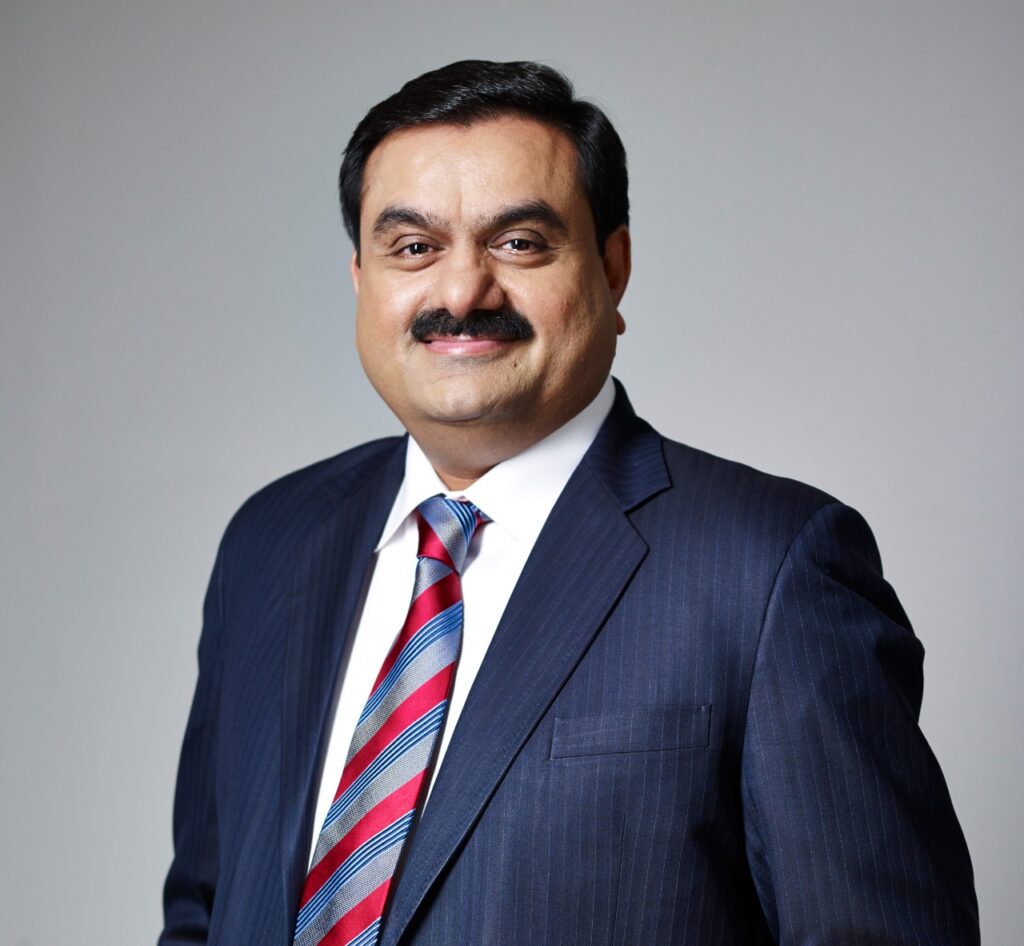The book on Gautam Adani – Reimagining business in India and the world – by RN Bhaskar, and published by Penguin RandomHouse, was formally launched on 5 November 2022 at the prestigious Indian Institute of Management, Ahmedabad.
The book was released at the hands of Prof Neeraj Yagnik, vice chancellor, Shreyarth University, Ahmedabad, on 5 November 2022. It was coordinated by the Literary Symposium Desk of the IIM-A. The conversationalist during the discussion that followed was Milen Matthew John, student of the management school.
Prof Yagnik said that this book would be useful for management students as a pointer to case studies which would be useful in understanding the evolving nature of Indian business.
To a question by Milen on why Gautam Adani succeeded, Bhaskar said that it was a combination of several qualities. One was the ability to build bridges and develop equations with people across parties and businesses. In developing countries, he pointed out, doing business was not very easy. To succeed one had to be aligned with the interests of both the nation and of law makers.
But to succeed, one needs to be on the lookout for opportunities that could both generate profits, and also be grown to world class capacities and standards. Few entrepreneurs have been able to do all this.
In response to another question on how the author perceived the description of economist, Arvind Subramanian, that both Adani and Ambani were products of stigmatised capital, Bhaskar make the following points.
In developing societies, it is difficult to focus on just one business. This is because rules keep changing as does the business climate. To derisk, one had to look at developing businesses across several sectors. That is what the Tatas and the Birlas did. This is what Adani also does. So long as an opportunity is profitable, and aligned to national interests, and so long as the entrepreneur has broad shoulders to withstand the ups and downs peculiar to uncertain business policies, there is little cause for worry. This is where Adani wins hands down.
Bhaskar also pointed out that in the final reckoning, it is not important to promote or decry equity or debt. It does not matter if the money is owned or borrowed so long as it generates a return higher than the market cost of borrowing. If the returns are good, and the business can be made sustainable, there should be little cause for worry.
On another query about Adani’s commitment to ESG, Bhaskar pointed out that Adani’s move into coal began as a trader. Then when he set up his power plant, along with that of the Tatas, based on imported coal, the need to source coal became important. That is where the Indonesia mine became important. When Indonesia charged an export tax, Adani realised the need to derisk coal procurement sources, and he looked at Australia.
But for the past five years, Adani has not set up any additional coal based plants. All his plans are focused on solar and hydrogen — sources of green energy. Yet he knows that the energy basket on India and the world will need coal for at least two decades. Hence while additional capacities are focused on environmentally friendly sources of energy, coal is bound to co-exist.
Most management students were keen on finding out more details on Adani’s strategy and vision, and were keen to see the role he plays in the emergence of India as a global wealth generator.

